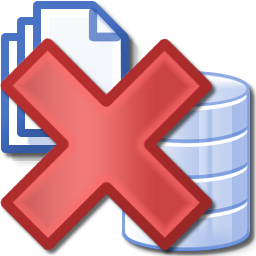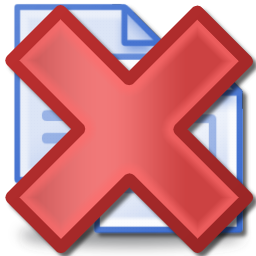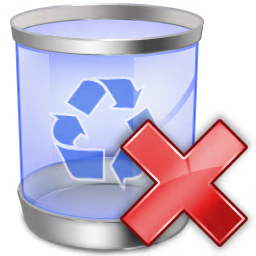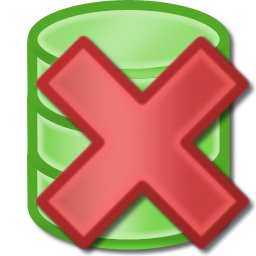 |
Eraser - Truly Delete Files, Data Scraps, and All Data on Entire Drives. Protect Your Privacy and Private Information From Data Reconstruction.
|  |
|
|
| This section discusses the Eraser module. Section contents: |
|
 - Using the Eraser Module - Using the Eraser Module
|
Introduction to the Eraser module |
|
The Eraser module is used to truly destroy information. When a file is deleted, it is first moved to the Recycle Bin, which is just an ordinary folder with this particular name
and a special icon which looks like a bin. When the Recycle Bin is emptied, the files seem to have been deleted. However, they are not destroyed, but merely marked for deletion
and no longer listed as existing files. The actual deletion occurs via the overwriting of the areas occupied by the file on the disk as new data is added. This is an unpredictable
process and may happen relatively soon after the Recycle Bin is emptied, or years later. Typically, portions of the data or even whole files will exist on the drive for a very long
time after the file is deleted. This is particularly true for large disks. There is specialized software that can be used to recover deleted files, as well as companies that specialize
in physically recovering information. When possible, these companies will read off the drive, and when not, some of them may use methods whereby they scan the platters of the drive physically
using electron micrographs and other techniques attempting to restore information from the drive bit by bit and sector by sector. Since there is a small head wobbling on the drive,
consecutive write operations have a small offset. This (at least theoretically) allows for the recovery of data that has already been overwritten and seemingly deleted, should one have the
abilities and determination to read the edges where the wobbling is evident. While some eraser software writes zeroes when overwriting files, the Act On File Eraser module writes random
data multiple times. This immediately makes software recovery impossible and physical examination and recovery well beyond unrealistic. Due to the random nature of the data and multiple
write operation on the same area, there are many blurred borders so it is impossible to say what the state of the areas were at some point in the past. Although in most cases, a single
pass True Delete is sufficient to satisfy common data privacy concerns, several pass True Delete operations would be very difficult to overcome by anyone. The Act On File Eraser module
offers from 1 to 255 passes of the True Delete data destruction engine. Should one require, they can also use the Erase Scraps and Erase Drive functionalities of the Eraser module to
further erase already True Deleted or normally deleted files, and other data remains. The Erase Scraps and Erase Drave functionalities of the Eraser module employ the same from 1 to
255 pass ultimate data destruction engine as the True Delete functionality.
|
The Eraser module functionalities |
 |
True Delete |
- destroys data and changes the properties of files and folders so that they become unrecoverable and unrecognizable |
 |
Fast Delete |
- deletes files bypassing the Recycle Bin - file and folders are temporarily recoverable by using specialized tools and methods |
 |
Erase Scraps |
- truly destroys the data of already (non true) deleted files which are not yet overwritten, including hidden, temporary and unknown files |
 |
Erase Drives |
- truly destroys the information on whole drives |
|
|